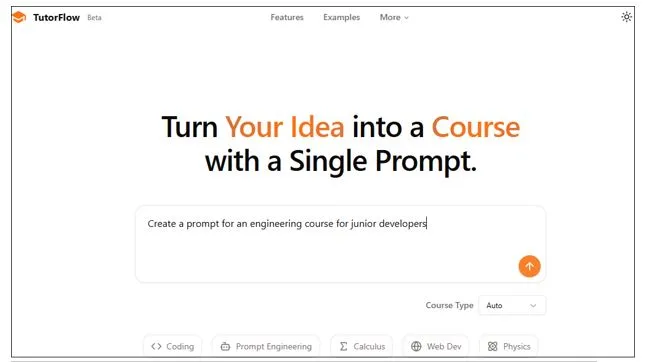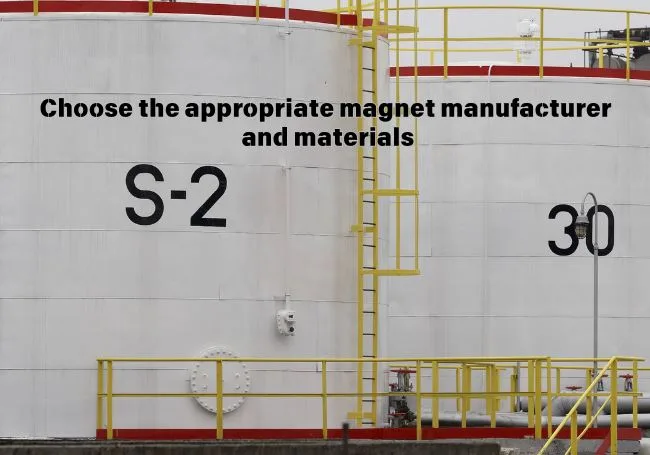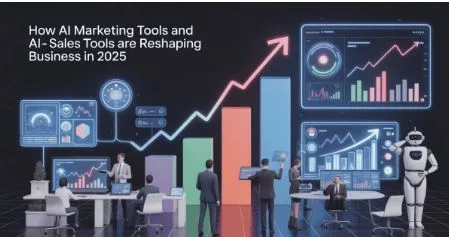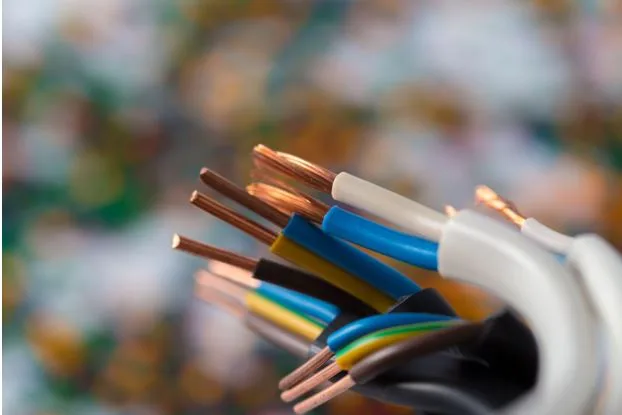The Rise of AI Tutors: What Happens When Teaching Meets Automation?
Educators are under constant pressure to do more with less. Time, resources, and mental energy are stretched thin as teachers juggle lesson planning, content creation, student support, and assessment. In STEM education, where precision and depth are essential, this workload becomes even more intense. The arrival of AI tutors marks a turning point. These systems are not designed to replace teachers but to reshape how instruction is delivered and supported.
What an AI Tutor Actually Does
An AI tutor is not a robotic instructor. It is a system that takes on the most repetitive, time-consuming parts of teaching so educators can focus on real learning. Instead of spending hours writing out assessments, structuring lesson plans, or assembling review materials, instructors can generate a first draft of this work instantly. That draft becomes a flexible foundation, not a final product. The educator still applies their voice, their insights, and their understanding of student needs.
This shift is subtle but powerful. It allows the teacher to remain central in the learning experience while offloading the burdens that often lead to burnout. In STEM subjects, where concepts build on one another and course structures need to be precise, this kind of support is not just helpful. It is essential.
STEM Demands Precision and Flexibility
STEM tutors deal with highly structured content. Lessons must follow a logical sequence, concepts need to be reinforced through practice, and assessments must measure more than memorization. Preparing all of this manually takes time that educators often do not have.
TutorFlow addresses this exact challenge. It is a platform created for STEM tutors and course creators who want fast, accurate, and editable content support. With AI-generated lesson plans, quizzes, flashcards, and summaries, TutorFlow helps tutors launch full courses in a fraction of the time. Unlike static templates or general-purpose software, it focuses entirely on the realities of teaching science, technology, engineering, and math.
The educator remains in control. The content is generated to be a starting point, fully customizable to match different teaching styles, student levels, and educational outcomes.
Why Manual Planning Is Unsustainable
For many teachers, content creation is the silent drain behind their workload. Instructors report spending hours each week outside classroom time on tasks such as:
- Redesigning lesson plans to fit new academic standards
- Creating differentiated materials for students at various skill levels
- Writing assessment items that test both theory and application
- Organizing review content or remediation sessions
When these tasks repeat weekly, they leave little space for strategic thinking or creativity. This is where intelligent content systems change the rhythm of a teacher’s workflow by frontloading much of the structure, freeing up cognitive and emotional bandwidth.
How Technology Is Reshaping the Way Educators Work
The shift happening in education technology is not about flashy features. It is about rethinking how teachers structure their time and effort. Instead of rebuilding the same course materials each term, educators can store, modify, and repurpose what they’ve built using smarter systems. This reduces unnecessary repetition and allows more focus on active learning and feedback.
One standout in the edtech space is TutorFlow, a platform designed specifically for STEM course creation. With just one prompt, educators can generate structured lessons, quizzes, flashcards, lecture notes, and assessments, then easily customize them to suit their teaching style. TutorFlow also includes AI-powered OCR for converting handwritten formulas into digital content, and it supports coding practice in over 40 programming languages. These tools help teachers move from concept to delivery with far less manual effort.
This model benefits both students and teachers. Students receive better content, updated faster, and adapted more easily to their level. Teachers face less burnout, higher productivity, and greater satisfaction in their work. It is a more sustainable system for modern education.
The future of teaching will not be defined by how many hours a tutor can work, but by how effectively they can use technology to stay focused on the learner. TutorFlow supports this shift with precision by offering editable, STEM-specific content and intelligent automation while keeping educators fully in control of how learning happens.
The Cultural Shift Around AI in Education
Adopting AI in any setting raises questions about integrity, authenticity, and creative ownership. These concerns are valid. Education is not a content delivery business-it is a relationship-driven profession. But when systems are designed thoughtfully, as TutorFlow has been, educators report feeling more supported than sidelined.
The right AI platform doesn’t strip away autonomy. It preserves it by removing the noise. Teachers get to keep their tone, adapt their lessons, and protect their purpose while skipping hours of formatting, research, or manual organization.
The challenge is no longer about proving that edtech works. The challenge now is helping educators use it meaningfully.
The Role of the Educator Remains Central
Even as AI becomes more common in edtech, one thing stays the same: teachers make the difference. No system can sense when a student is lost in a concept. No algorithm can shift its tone mid-lesson to re-engage a distracted class. Human insight, intuition, and empathy still define great teaching.
What intelligent platforms do offer is time. With the logistical parts of teaching handled in minutes, educators are free to invest more in what only they can do: explain ideas, answer questions, and build learning relationships. This is not about doing less. It is about shifting effort to where it matters most.
TutorFlow is intentionally built to support this model. It does not control the process. It strengthens it, giving educators more mental space and flexibility while maintaining full control over lesson content and delivery.
What Happens When Educators Gain Time
When teachers are given more time and structure, the results are visible across both student performance and educator well-being. Instead of rushing to complete tasks, educators can do the work that often gets pushed aside, such as:
- Reviewing student submissions in more detail
- Offering targeted feedback that addresses individual growth
- Experimenting with new teaching strategies or project formats
- Following up with students who are disengaged or falling behind
This shift is not just logistical. It is emotional. Teachers who feel supported by their systems are more likely to remain in the profession, pursue professional development, and take creative risks in their classrooms.
Final Thoughts: The Future Is Human, Not Just Automated
The rise of AI tutors is not a sign that teachers are being replaced. It is a sign that teaching is evolving into something more focused, more responsive, and more human. By automating the parts of instruction that do not require creativity or connection, educators can return their energy to the areas that do.
TutorFlow reflects this shift with purpose. Built for STEM educators who value clarity, efficiency, and control, it represents a new generation of teaching tools-ones that respect the intelligence of both the teacher and the student. As education continues to transform, the best innovations will be those that let humans do what they do best.






